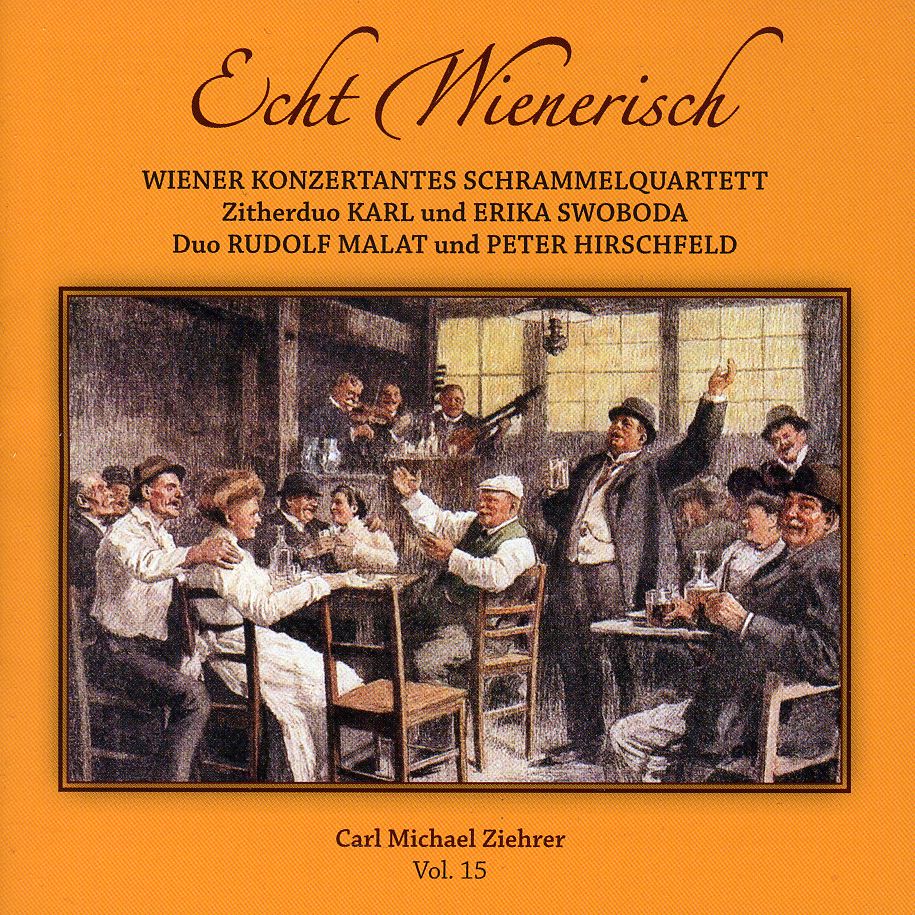
description
id, Richard Scott Larson found expression for his interior life in horror films, especially John Carpenter's 1978 classic, Halloween. He developed an intense childhood identification with Michael Myers, Carpenter's inscrutable masked villain, as well as Michael's potential victims. In The Long Hallway, Larson scrutinizes this identification, meditating on horror as a metaphor for the torments of the closet. Larson was only nine years old when he recognized something of his own experience in how Michael Myers hid his true face from the world. This spark of recognition ignited his imagination while he searched for clues to what the future might hold for boys like him, all the while being made to understand his nascent sexuality as deviant and punishable. Like in the movies, his superficially safe suburban childhood was in fact filled with threat: a classmate's murder, his father's alcoholism and death, and his own sexual assault by a much older man. The figurative mask Larson learned to wear could not contain his yearning to be seen and desired. In the aftermath of this violence, his boyhood self came to believe that fear and desire would be forever intertwined. This lyrical memoir expresses a boy's search for identity while navigating the darkness and isolation of a deeply private inner world. With introspection and tenderness, Larson reflects on how little we understand in the moment about the experiences that mark us forever.
member goods
No member items were found under this heading.
listens & views

ECHT WIENERISCH
by ZIEHRER / SCHRAMMELQUARTETT / SWOBODA / MALAT DUO
COMPACT DISCout of stock
$19.75
Return Policy
All sales are final
Shipping
No special shipping considerations available.
Shipping fees determined at checkout.






